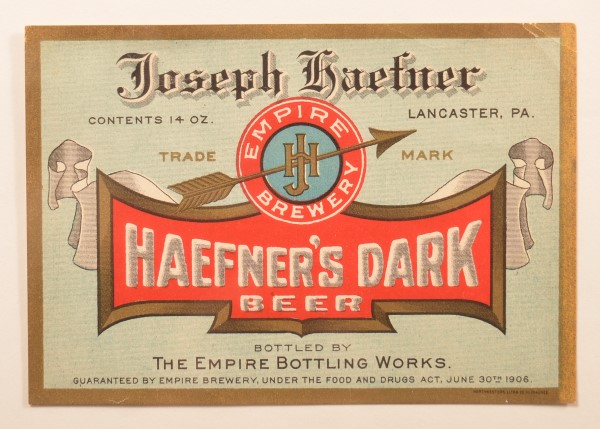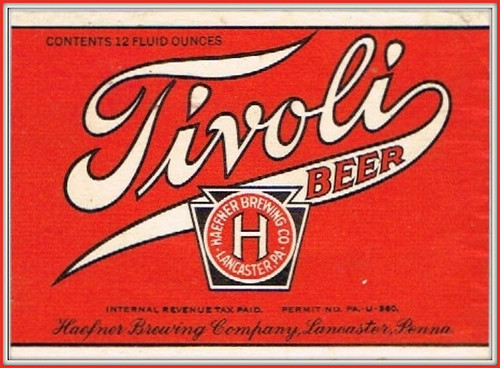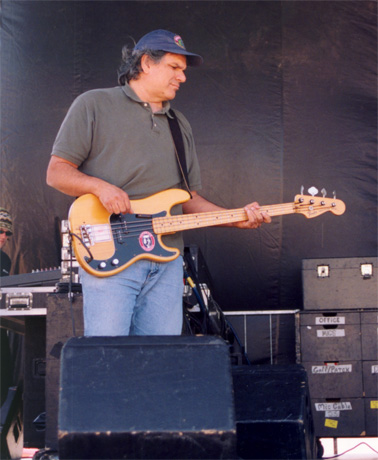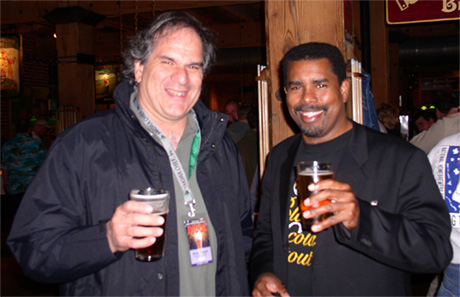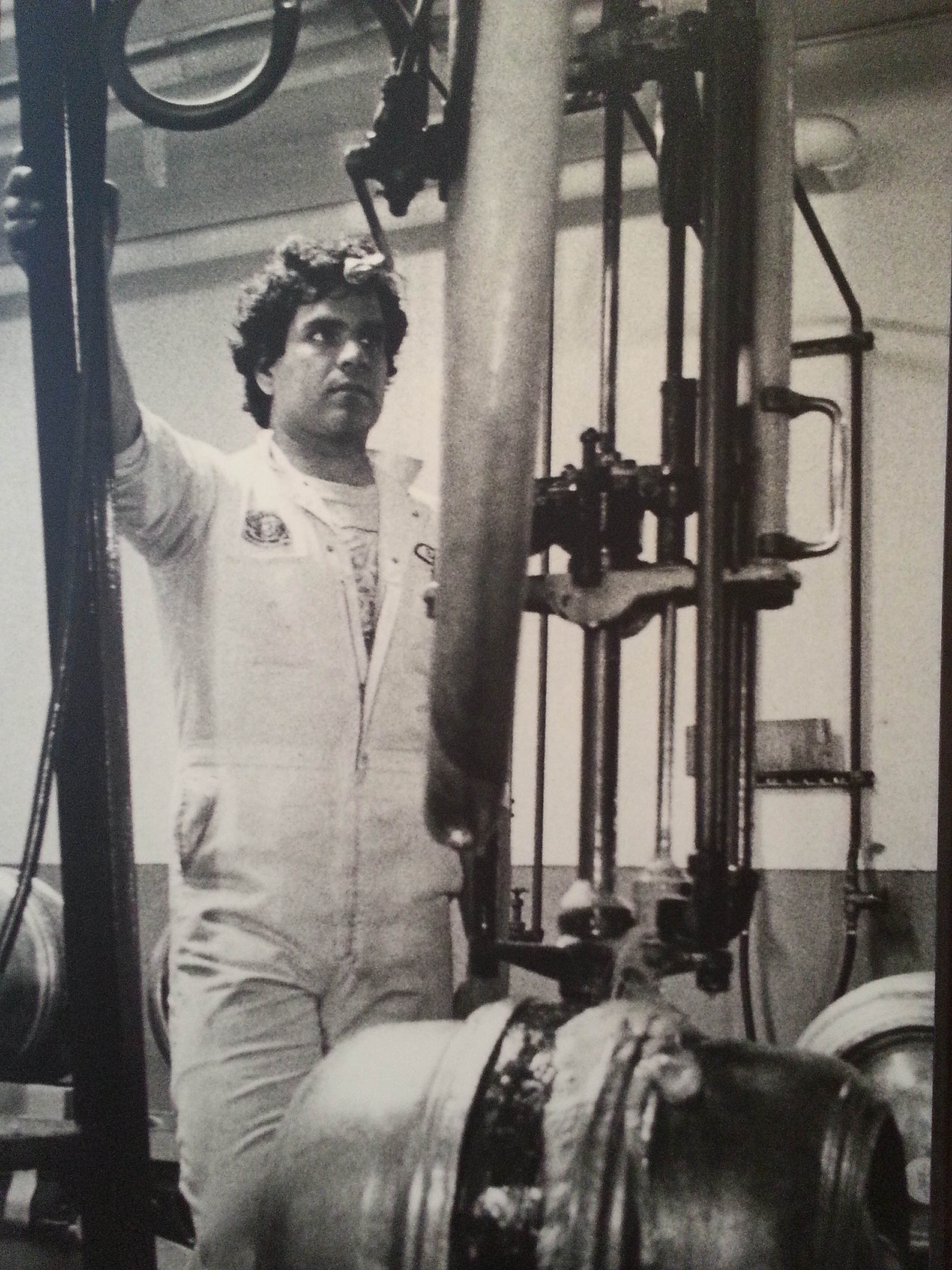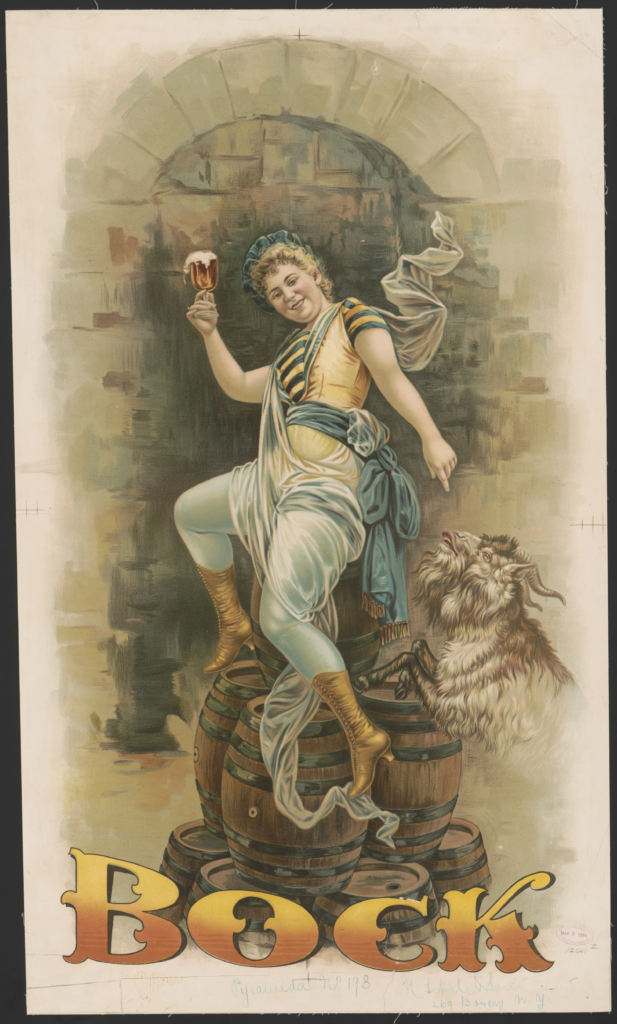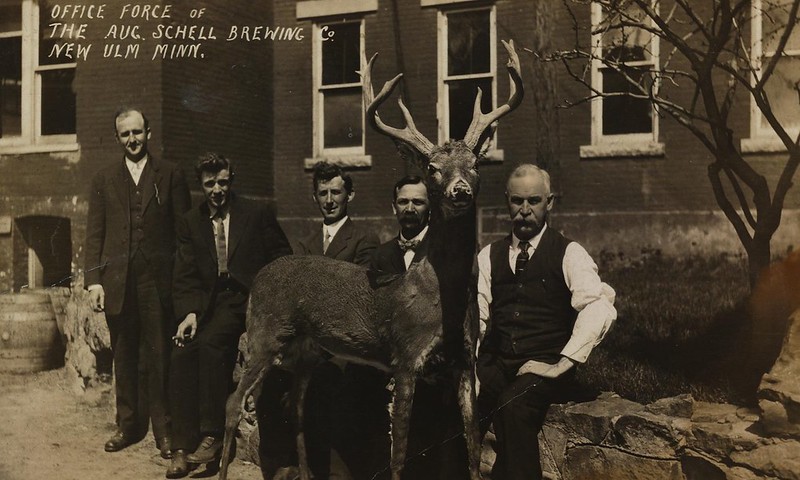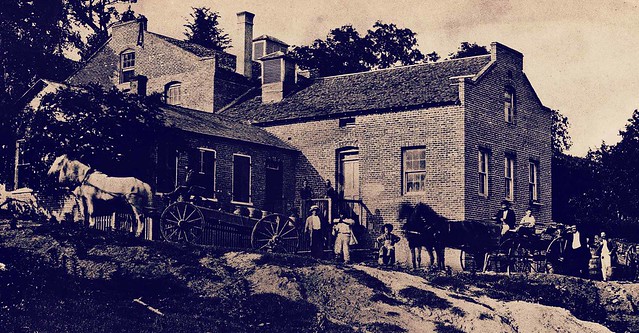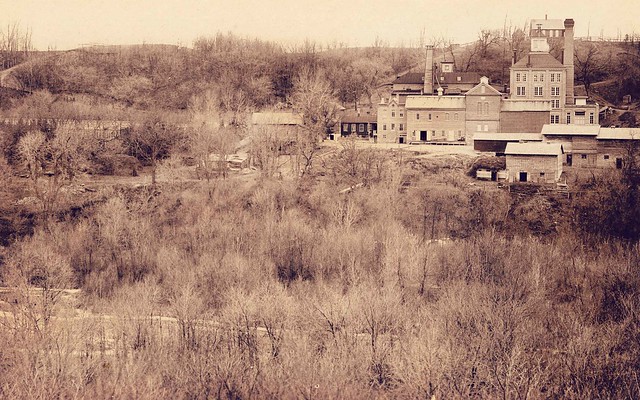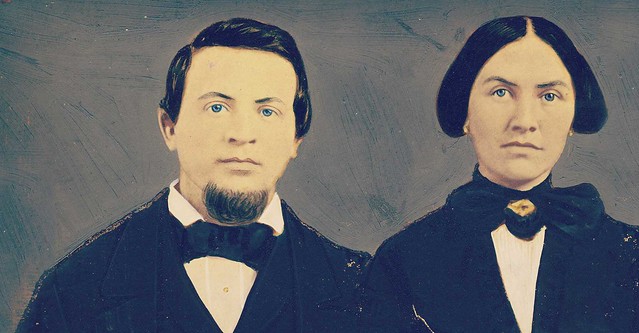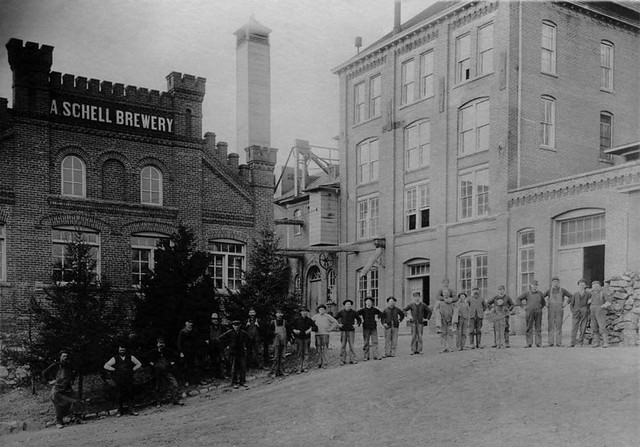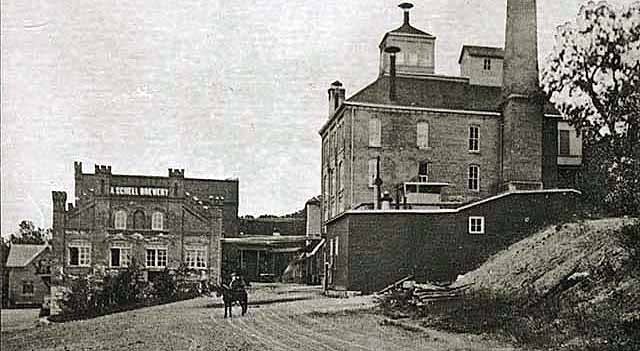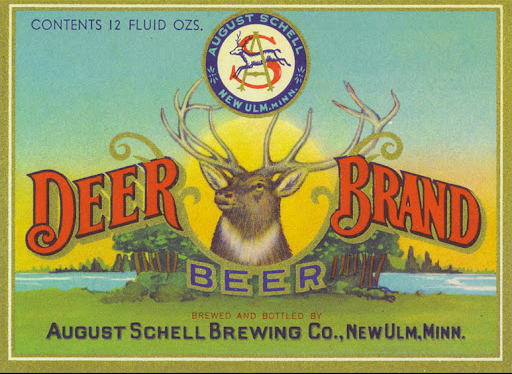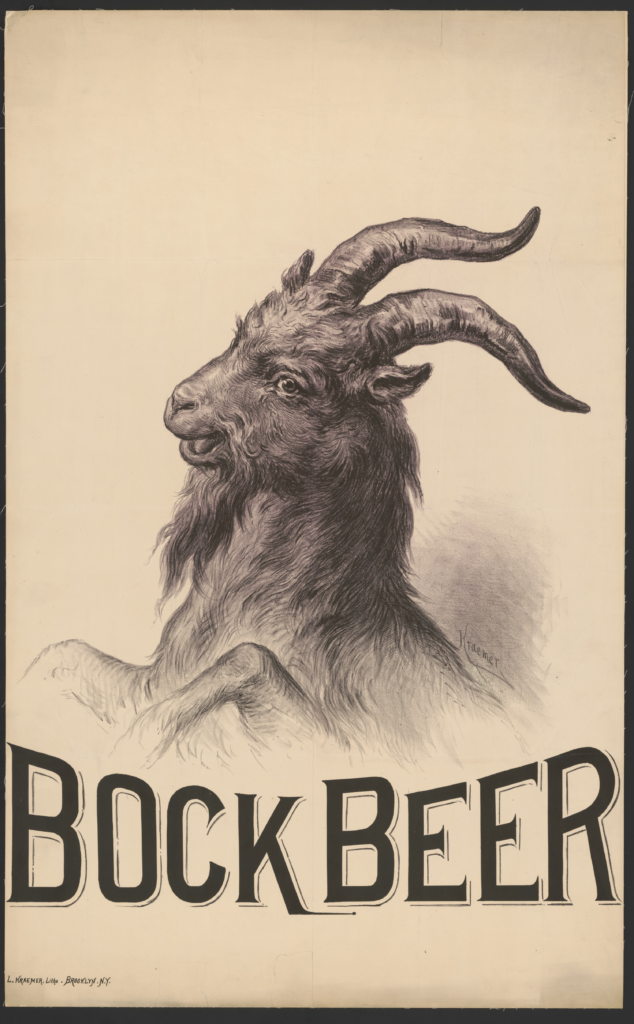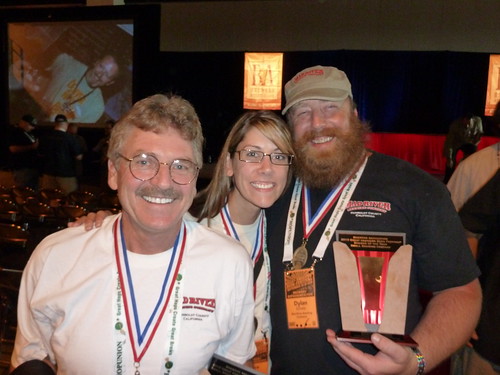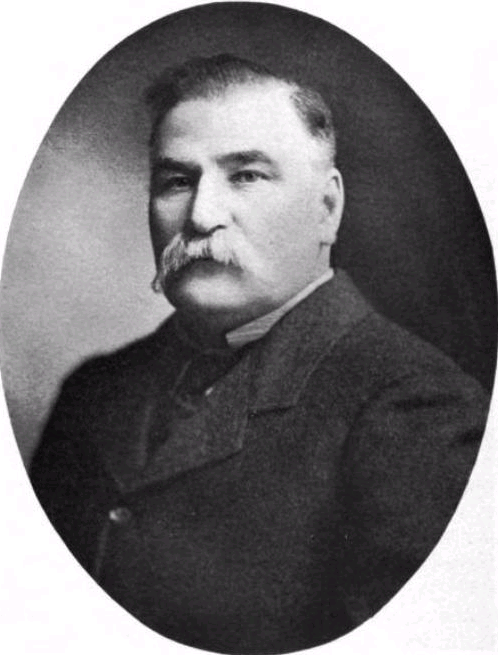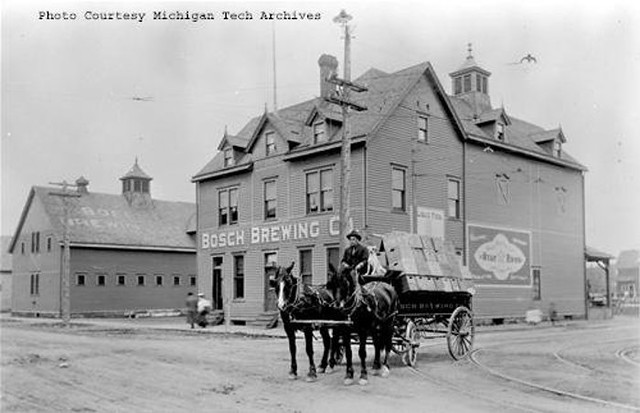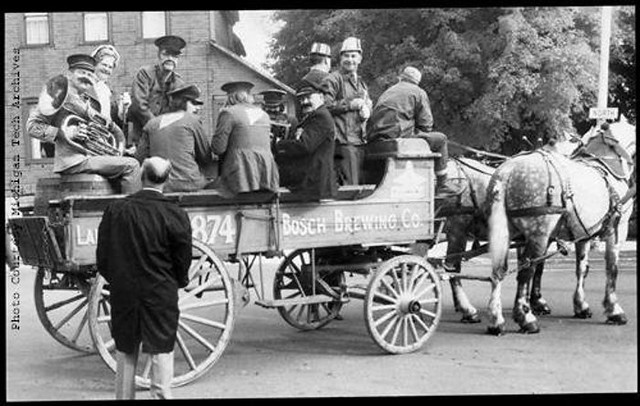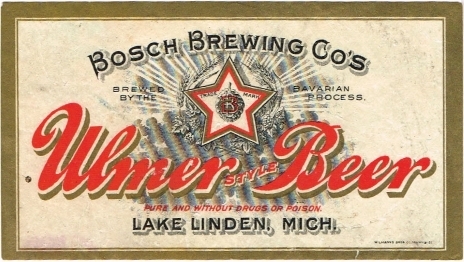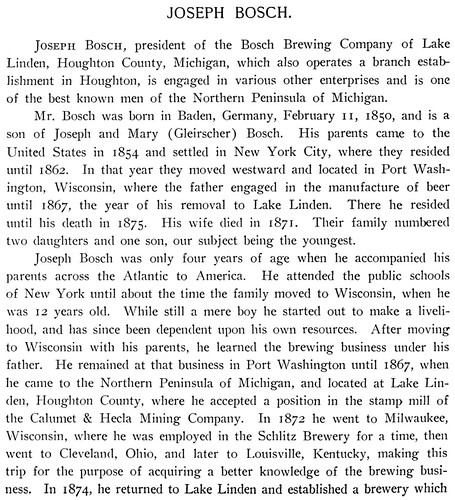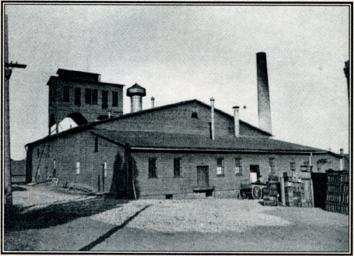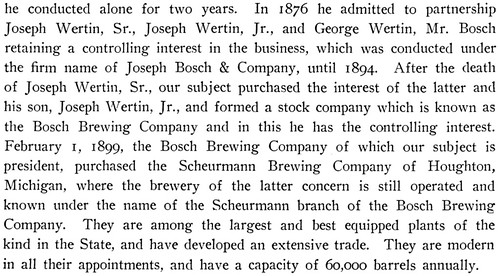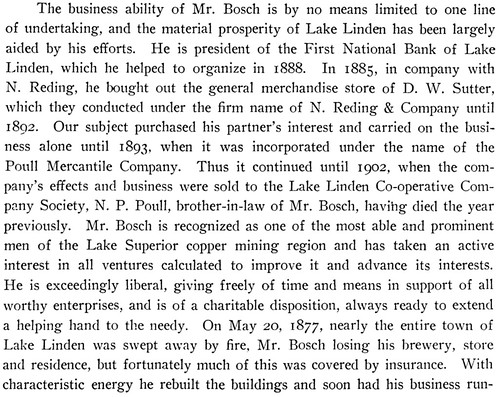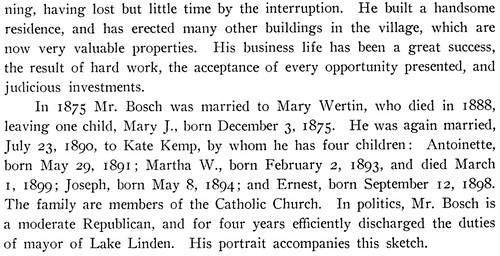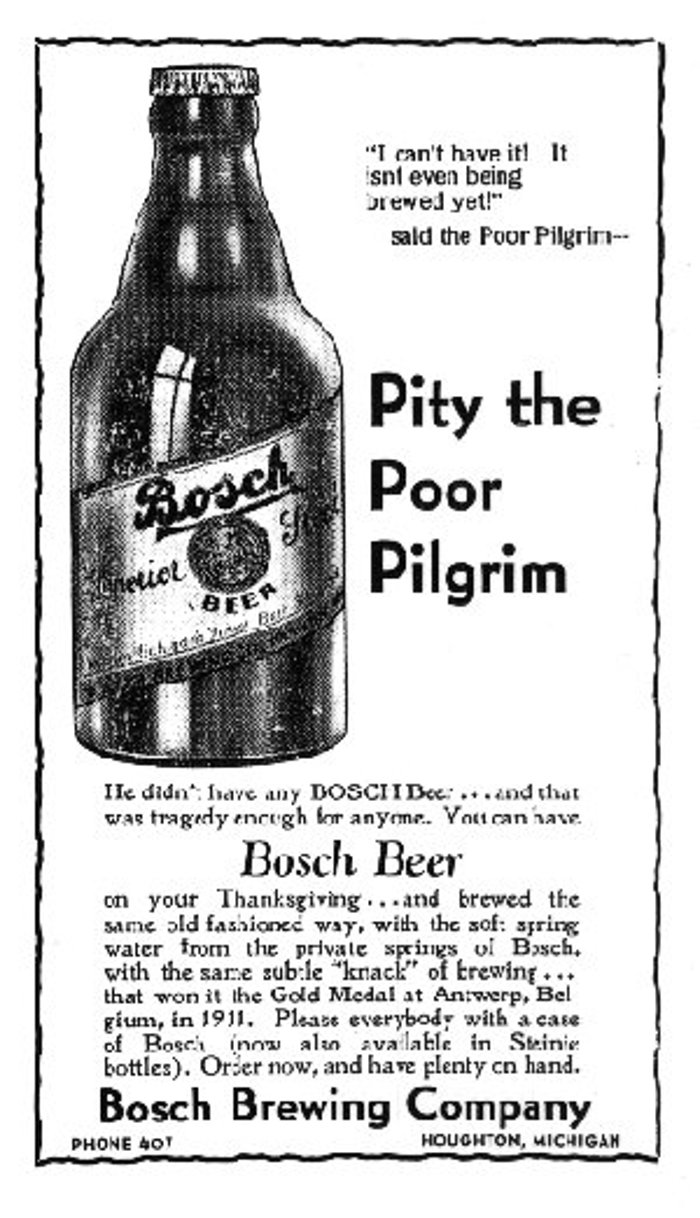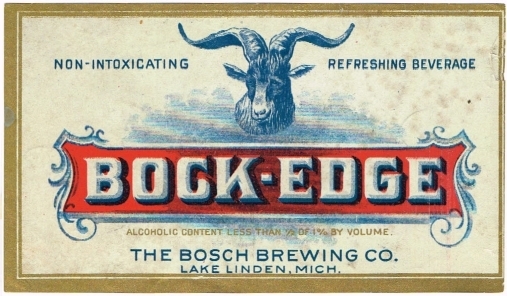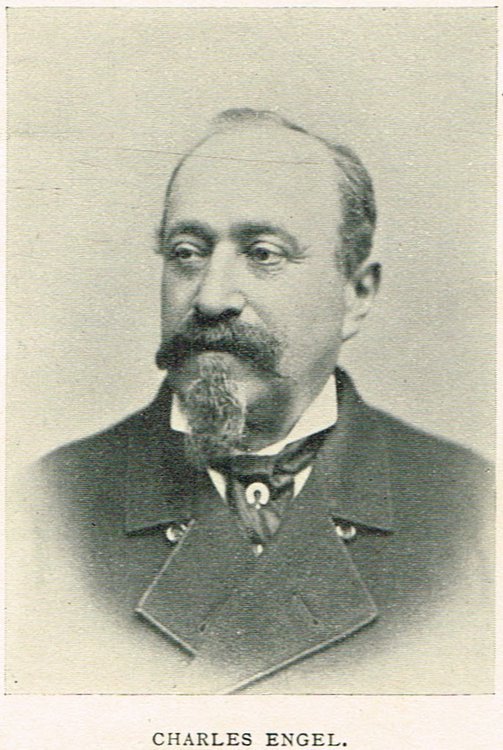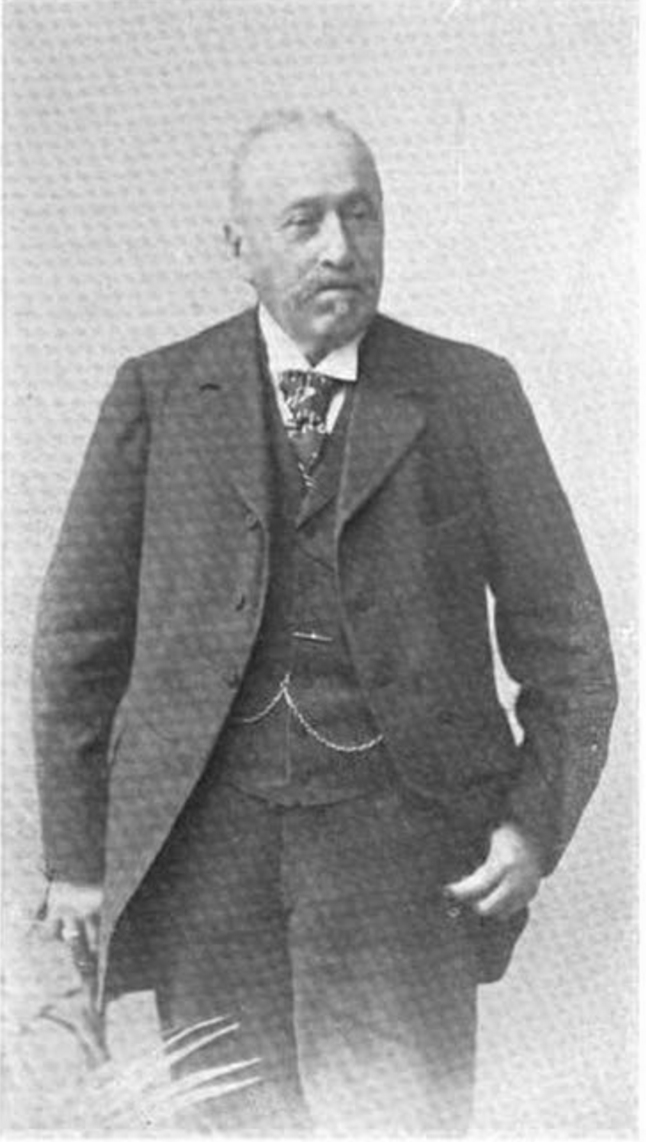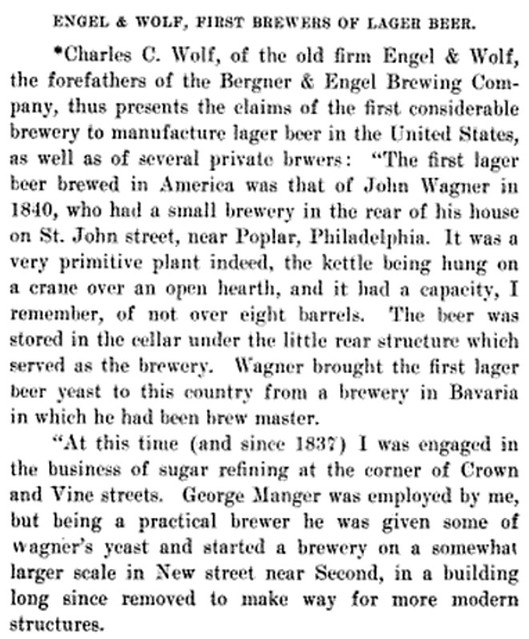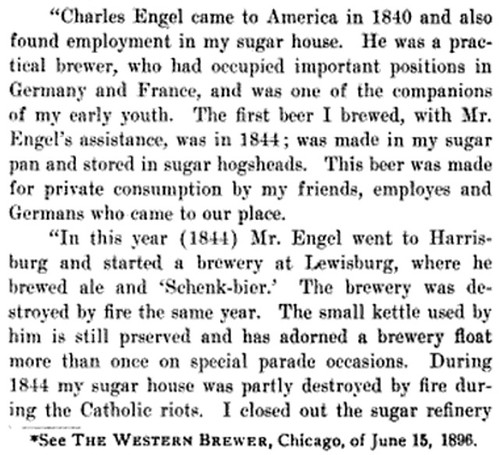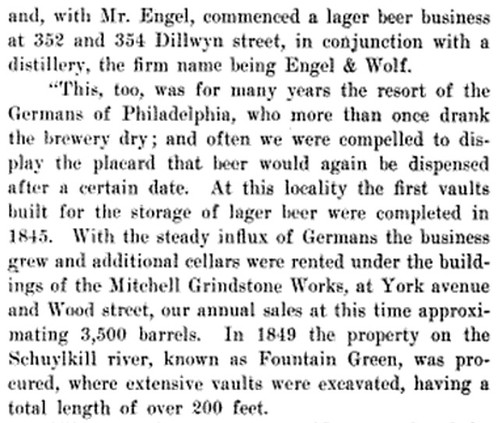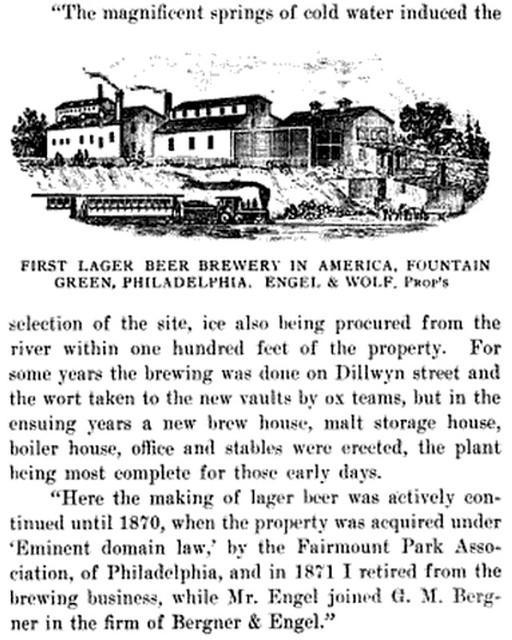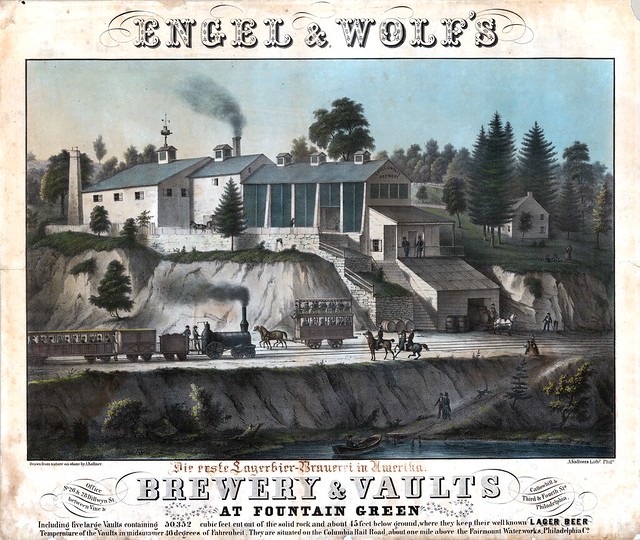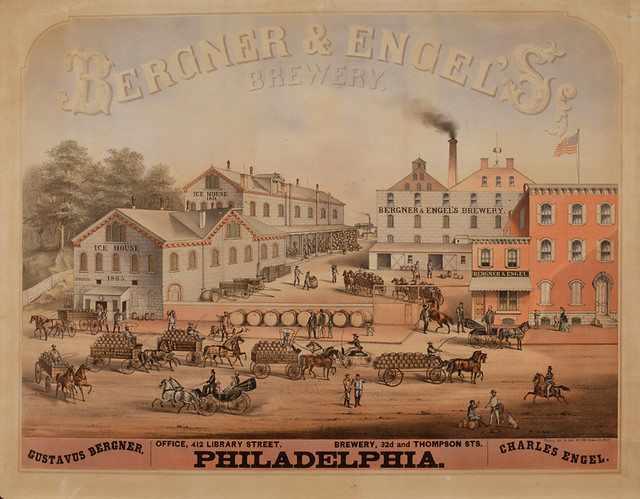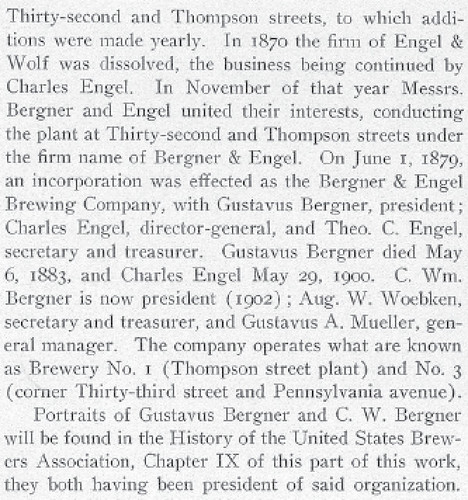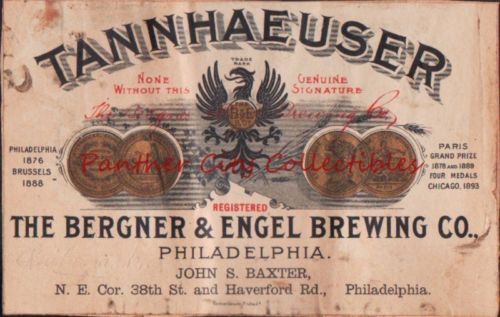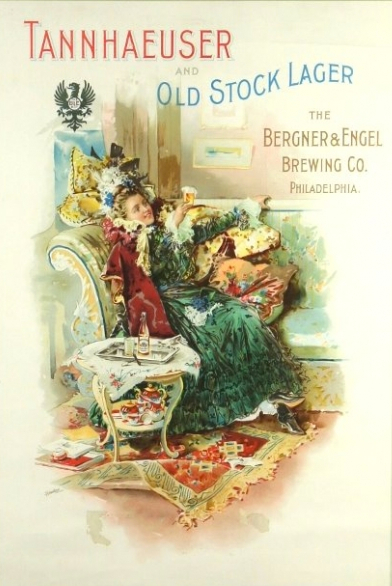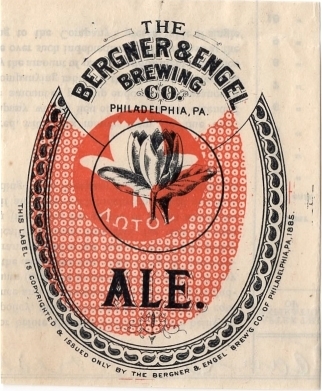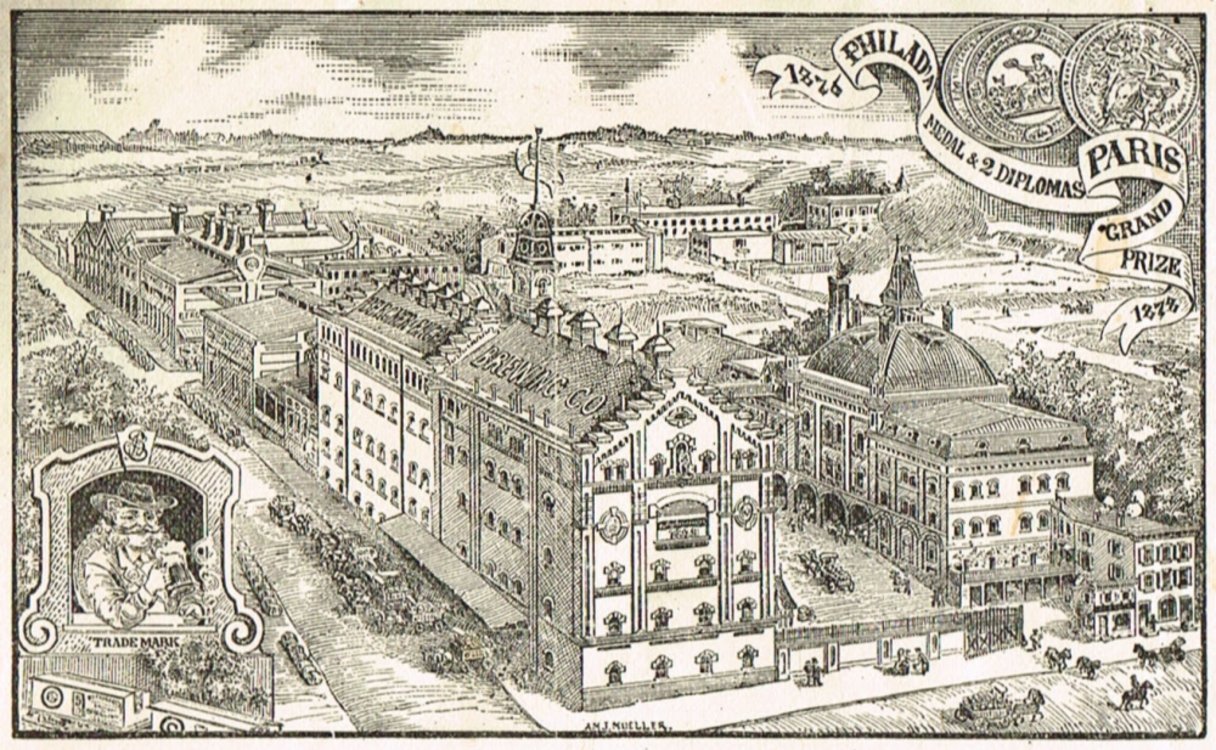
Today is the birthday of Henry Charles Haefner Jr. (February 13, 1895-July 7, 1948). He was born in Philadelphia, Pennsylvania, and was the son of Henry C. Haefner, who founded what would become the Joseph Haefner Brewery, although it was also known as the Empire Brewery, and it’s best-known brand was Tivoli Beer. It reopened after prohibition as Haefner Brewing Co. and remained in business until 1946, when it became the Lancaster Brewing Co. for another three years, closing for good in 1949. Haefner Jr. worked with his father at the brewery and continued running it after his father died, and apparently neither of his two daughters were able to or wanted to continue the business.

There’s not much information I could find about Junior. His Find-a-Grave page has just this from the Intelligencer Journal Lancaster, from July 8, 1948:
Henry C. Haefner Jr. fifty-three Millersville R1 died at his home Wednesday at 7:30 am after a lingering illness. He formerly was associated with his father in the Haefner Brewery Co.
Born in Philadelphia a son of the late Henry C and Josephine Lammer Haefner he was a member of St. Mary’s Catholic Church.
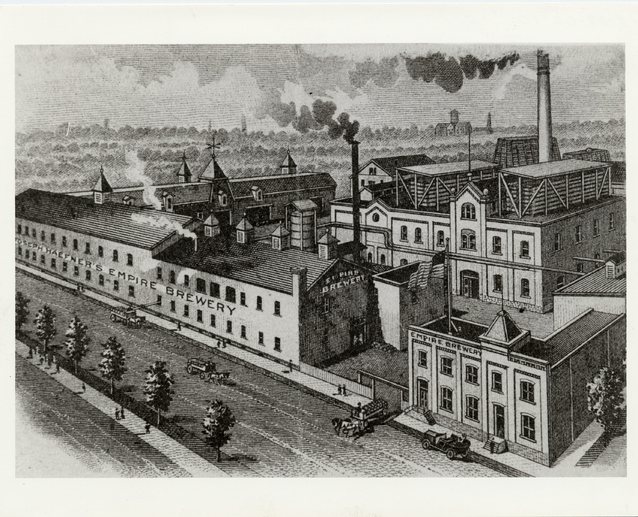
Surviving are his wife Margaret Schwebel Haefner, two daughters: Margaret Elizabeth wife of Allen G. Caldwell and Sybilla Frances wife of Ernest C. Doll, Jr. both of Millersville R1 and these brothers: Francis J., Paul, Leon, Joseph and George all of this city, and three grandchildren.
